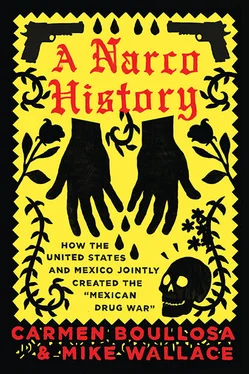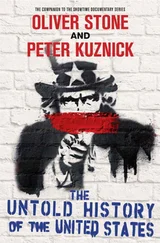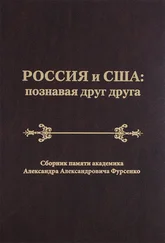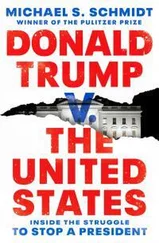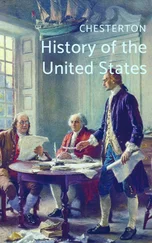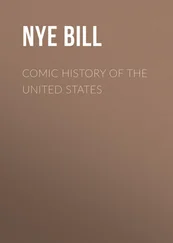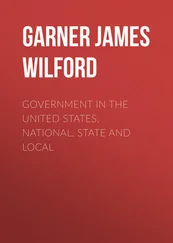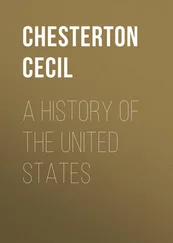It’s possible to imagine that they arrested those they considered as dangerous radicals, perhaps just to “teach them a lesson,” and then, when they realized admitting this might be politically problematic, decided to eliminate the students and pin the blame on gangsters. Federal authorities also have a dismal track record when it comes to admitting official wrongdoing, and conceivably could have participated in a cover-up, which included torturing the captured gangsters into taking the fall.
This scenario has been adopted by substantial numbers of Mexicans, and crowds have been demanding the military open the barracks to inspection. We do not find this narrative persuasive, given the large number of people who would have had to participate in such a mammoth conspiracy, and the as yet complete absence of evidence for such an approach. But if it should prove to be true, and the military and the federal state were responsible for this particular mass murder, the ramifications would be immense. And even if it’s not, the conviction that it might be suggests how profoundly alienated much of the population has become from the established order.



All of these horrific details of the gangster-run massacre only emerged six weeks later, after key participants were caught and had confessed. In the interim, from September 27 on, with the students’ fate as yet unknown, a hunt got underway to find the vanished forty-three, spurred by the students’ distraught parents who desperately hoped their children had been “only” kidnapped and hidden away. “They Took Them Alive, We Want Them Back Alive” became the endlessly chanted demand.
On September 28, all 280 members of the Iguala Police Department were brought in for questioning, after which twenty-two were held. Of these, sixteen, found to have used firearms, were arrested and sent to a maximum-security prison, charged with aggravated murder.
On September 29, Mayor Abarca denied having any involvement in the police attack. Nor did he admit to the “Will no one rid me of this troublesome priest?”—style injunction to “teach them a lesson.” The next day, however, the mayor requested and received a thirty-day leave of absence, and immediately skipped town with his wife and his cousin, the police chief.
On October 4, searchers combing the countryside near Iguala discovered three mass graves containing the bodies of twenty-eight people (later revised to thirty-four). But on October 14 it was declared that DNA analysis proved none were the missing students. Who they were was a new mystery, soon compounded when more mass graves turned up, containing an undetermined number of bodies. Other families now came forward to demand investigation to see if their disappeared relatives were among those whose bones had been uncovered. (“ Six mass graves,” wrote one appalled columnist, “and they still haven’t found the right mass grave.”)
The next day, October 5, a 250-person federal police contingent—the elite National Gendarmerie — removed all the Iguala police from office and took over their duties. October 6 saw shockwaves and protests rippling out from the vigil at Ayotzinapa that the parents had begun to keep. President Enrique Peña Nieto, whose initial response to the incident had been muted (on September 30 he’d said the state of Guerrero should assume responsibility), addressed the nation, promising to expand the search and bring the perpetrators to justice. Students who had escaped the initial police shooting held a press conference and described the attack on the buses. A guerrilla group from Guerrero — the Popular Revolutionary Army (EPR), which dates to the mid-1990s and has been largely inactive in recent years—YouTubed its solidarity, promised to take action, and called on the public to enact “popular justice.”
On October 8, students from the school led their first large-scale demonstration, and solidarity protests were held the same day in Berlin, Buenos Aires, London, San Francisco, Los Angeles, New York, Chicago, Montreal, Barcelona, Madrid, Brussels, and Manchester, England. On October 13, masked protesters stormed and burned a state office building in Chilpancingo. On October 16, there were student strikes around the country, and Peña Nieto declared finding the students to be a priority of his government. Within days, the federal state dispatched special police forces to take control of thirteen other gangster-ridden municipalities in Guerrero. Thousands of security forces scoured the countryside, using horses, vans, tanks, helicopters, motorboats, and diving gear. At the state level, in Acapulco, thousands of students, teachers, and machete-wielding farmers called for the resignation of Governor Aguirre over his handling — or non-handling — of the case. That same day on a highway near Mexico City, federal forces captured Casarrubias, the top-ranking member of Guerreros Unidos.
On October 22, Mexico’s Attorney General Jesús Murillo Karam announced that, according to the gangster’s confession, the mayor and his wife had indeed ordered the interception of the buses. Later that day in Iguala, as thousands marched peacefully demanding the missing students be returned alive, dozens of masked protestors broke away and firebombed City Hall. In Mexico City over fifty thousand demonstrated, peacefully.
The next day, October 23, Governor Aguirre stepped down, pressured by his party and public opinion. He was not, however, accused of any culpability. On October 27, authorities arrested four other members of the Guerreros Unidos. They directed attention to the garbage dump, which was cordoned off by the army and navy. Forensic teams arrived to investigate the scene.
On October 29, parents of the students had a five-hour meeting with Peña Nieto at Los Pinos, the presidential residence, and then held a press conference at a human rights center in the city. One father, declaring, “We are not sheep to be killed whenever they feel like it,” asserted he had come to demand the children be found “because I am a citizen of Mexico, and I have rights.”
On November 4, the mayoral couple was tracked down by federal police, hiding in a working-class neighborhood of Mexico City. Abarca admitted he had been collapsing under the strain. Pineda, haughty as ever, disdainfully ordered the police arresting her to “Take your hands off me” before adding, “How dare you!” Both were imprisoned. None of the couple’s responses to questioning were released.
Finally, on November 7, Attorney General Murillo, having met with the parents first, held a somber press conference at which he presented the findings to date. Drawing on the confessions of several who had participated in the mass murder, he laid out the story whose essential lines we have presented above. He also added a disturbing postscript to the atrocity.
After the fire had burned out, the executioners were told to cool and pack the remains — ashes and bone fragments (the latter first smashed to powder) — into large black plastic garbage bags and to dump the contents in the nearby San Juan River. The first, and seemingly least experienced, flung two bags , intact , off a bridge into the current below. His colleagues explained they were supposed to empty the bags into the river, and this was done with all the remaining ones. But the error allowed Navy divers to salvage some remains. The parents, not trusting Mexican officials, demanded that attempts to glean some DNA information from these tiny bits of bone include, as independent agents, a team of forensic experts from Argentina, who were grimly experienced in tracking the remains of those disappeared by the dictatorship. Material was also sent to the world-class laboratories at the University of Innsbruck in Austria. For the moment, Murillo said, the students were still officially categorized as “missing,” and the case remained open.
Читать дальше
